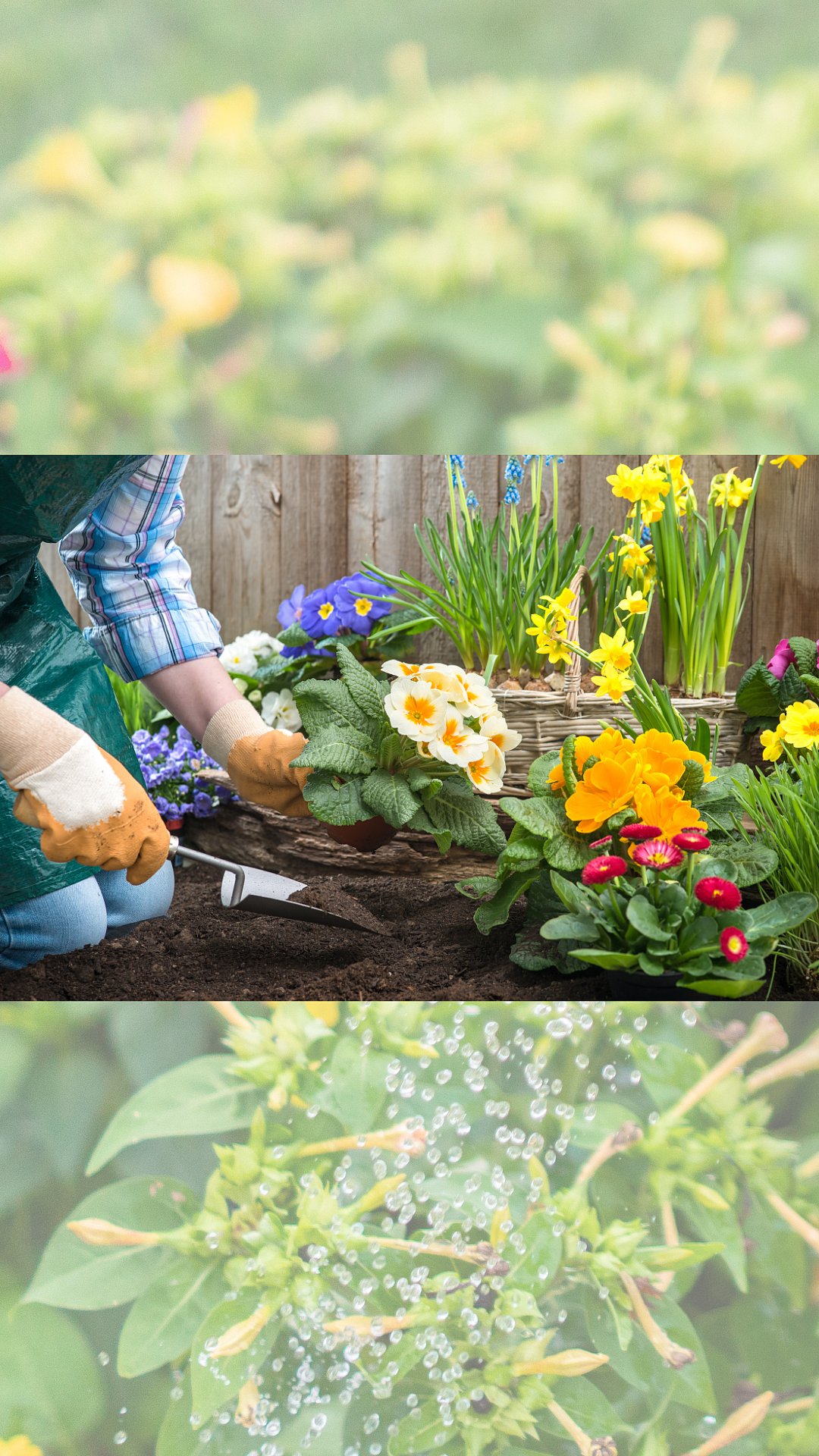House plants bring life, beauty, and clean air into our homes, but they're not immune to issues. Whether you're a seasoned plant parent or just starting out, encountering problems with your indoor greenery is inevitable. Fortunately, many common issues can be prevented or mitigated with proper care and attention. Here are some of the most common house plant problems and tips on how to avoid them:
Overwatering
One of the most frequent issues plant owners face is overwatering. While it's essential to keep your plants hydrated, too much water can lead to root rot and other complications. To avoid overwatering, always check the moisture level of the soil before watering. Stick your finger into the soil; if it feels moist, wait a few more days before watering again. Additionally, ensure your pots have proper drainage to allow excess water to escape. Do not let water sit in the plates under plants.
Under-watering
On the flip side, under-watering can also pose a threat to your plants' health. Signs of under-watering include wilting leaves, dry soil, and browning at the edges of the leaves. To prevent under-watering, establish a consistent watering schedule based on your plant's specific needs. Consider factors such as the plant's species, size, and environment when determining how often to water.
Poor drainage
Inadequate drainage can lead to waterlogged soil and root rot. When choosing pots for your plants, opt for containers with drainage holes at the bottom. If you have decorative pots without drainage, consider using a plastic liner or adding a layer of gravel at the bottom to improve drainage. Additionally, avoid allowing pots to sit in standing water, as this can suffocate the roots and promote fungal growth.
Insufficient light
Plants need light to photosynthesise and thrive. Insufficient light can result in stunted growth, pale leaves, and leggy stems. To prevent light-related issues, place your plants in locations where they can receive the appropriate amount of sunlight for their species. Research the light requirements of each plant in your collection and position them accordingly, whether it's in a sunny window or under grow lights. Download a lightmetre app that helps you read light levels of spots. The units of measure are lux and FC (foot candles)
Pests
House plants are susceptible to pests such as aphids, mealybugs, spider mites, and fungus gnats. These tiny invaders can wreak havoc on your plants if left unchecked. To avoid pest infestations, regularly inspect your plants for signs of insects or damage. If you notice any pests, isolate the affected plant and treat it promptly with insecticidal soap, neem oil, or other natural remedies. Additionally, maintaining good plant hygiene by regularly cleaning leaves and removing dead foliage can help prevent pests from taking hold.
Incorrect temperature
Extreme temperatures can stress plants and make them more susceptible to disease and pests. Avoid placing your plants near drafts, air conditioning vents, or heaters, as sudden temperature fluctuations can harm them. Most house plants thrive in temperatures between 18-24°C, so aim to maintain a consistent and comfortable environment for your green companions.
Nutrient deficiencies
Plants require essential nutrients like nitrogen, phosphorus, and potassium to grow and thrive. Without an adequate supply of nutrients, plants may exhibit stunted growth, yellowing leaves, or poor flowering. To prevent nutrient deficiencies, use a balanced fertiliser formulated for house plants and follow the instructions for application. Avoid over-fertilising, as this can lead to salt build-up in the soil and damage the roots.
Over-crowding
Crowded pots can lead to competition for resources among plants, resulting in poor growth and increased susceptibility to pests and disease. To prevent overcrowding, re-pot your plants into larger containers as they outgrow their current pots. Give each plant ample space to spread out and grow without interference from neighbouring plants.
In conclusion, while house plants can encounter a variety of problems, many issues can be avoided with proper care and attention to their needs. By understanding the common pitfalls and implementing preventive measures, you can enjoy a thriving indoor garden filled with healthy and happy plants. Remember to observe your plants regularly, adjust your care routine as needed, and don't hesitate to seek advice from fellow plant enthusiasts or gardening experts when faced with challenges. With patience and diligence, you can create a green oasis in your home that brings joy and beauty for years to come.
(Sujal Chawathe is a CA by education but a gardener at heart. Her venture Indoor Greens helps urban offices and homes, add and maintain plants)













